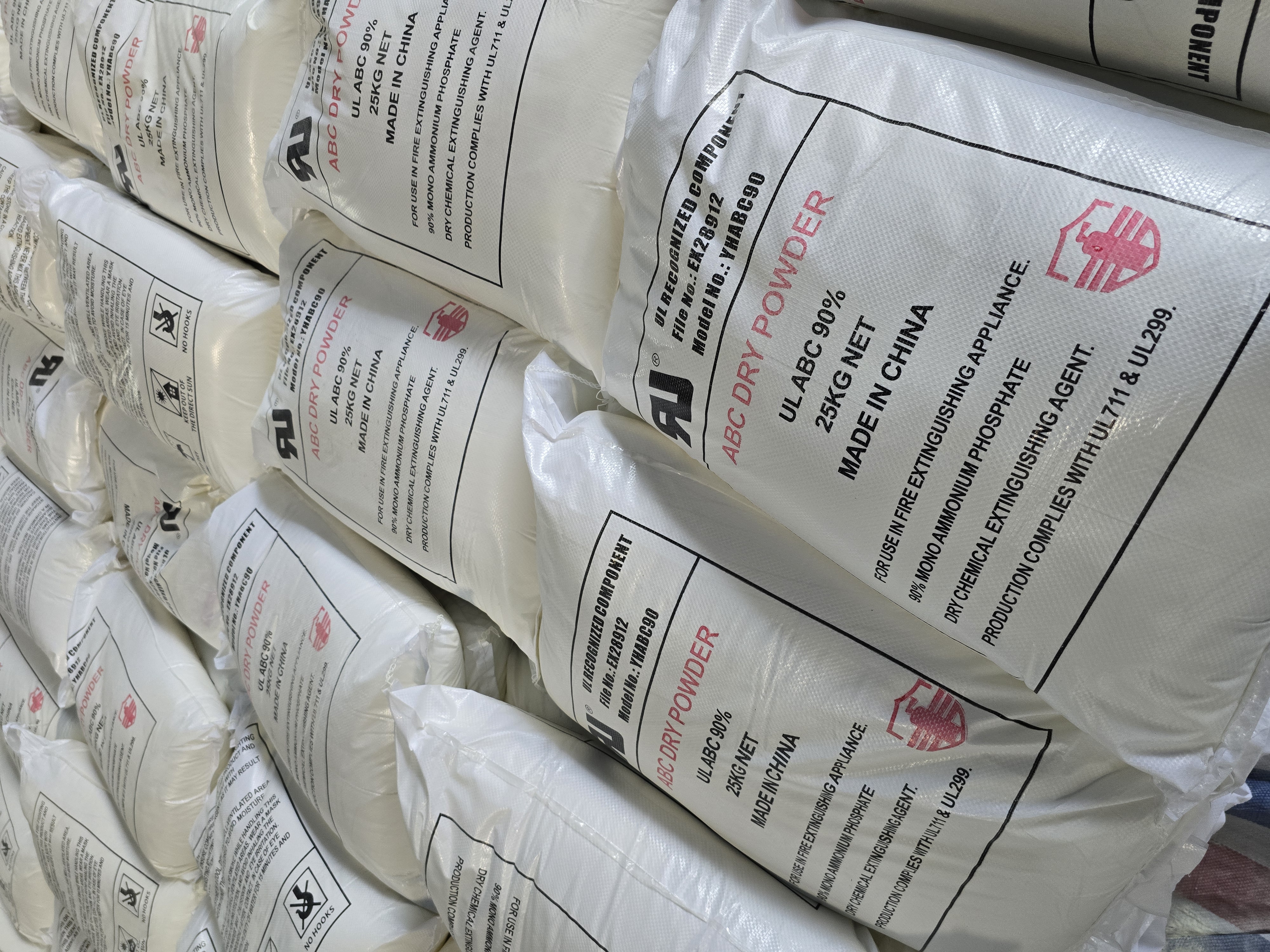5 Common Mistakes When Using Powder Fire Extinguishers and How to Avoid Them
Powder fire extinguishers are one of the most widely used and versatile firefighting tools, found in homes, offices, warehouses, and industrial settings. They’re effective for a variety of fire types, including solids, liquids, and gases. However, even the best fire extinguishers can fail if not used correctly. In an emergency, improper use can make things worse or even put you in harm’s way.
To ensure your powder fire extinguisher works effectively when you need it most, here are 5 common mistakes people make and how to avoid them.
1. Aiming at the Wrong Part of the Fire
The Mistake:
One of the most common mistakes is aiming the nozzle at the top or middle of the flames, expecting it to extinguish the fire quickly. While it may seem like the right approach in a panic, targeting the flames directly won’t put out the fire.
How to Avoid It:
Always aim at the base of the fire. This is where the fuel is located, and attacking it at the source will suppress the fire’s spread and stop it from getting larger. The powder needs to cut off the chemical reaction at the fire’s core, which is why targeting the base is crucial. Remember to sweep the nozzle from side to side across the base of the fire to ensure the extinguisher is used effectively.
2. Using the Wrong Type of Fire Extinguisher
The Mistake:
People sometimes use a powder fire extinguisher when it's not the ideal solution for the fire type they’re facing. For example, using powder extinguishers on electrical or metal fires can cause further damage or may not be effective.
How to Avoid It:
Before using any fire extinguisher, check the fire classification. Powder fire extinguishers are suitable for Class A (solids), Class B (liquids), and Class C (gases) fires. However, they should not be used on Class D (metal) or electrical fires unless the extinguisher is rated for such use. For electrical fires, CO₂ extinguishers are the best option. For metal fires, you should use Class D powder extinguishers designed for those specific materials.
3. Failing to Check the Pressure Gauge
The Mistake:
Another common mistake is neglecting to check the extinguisher’s pressure before use. If the pressure is too low, the extinguisher may not work properly during a fire emergency. Similarly, an expired extinguisher may fail to release powder or be ineffective in putting out the fire.
How to Avoid It:
Before any fire emergency occurs, regularly inspect your fire extinguishers. The pressure gauge should be in the green zone. If it’s in the red zone, the extinguisher needs to be recharged or replaced. It’s important to perform regular maintenance checks — at least once a month — to ensure that your extinguisher is in proper working condition.
4. Discharging the Entire Extinguisher at Once
The Mistake:
In a panic, people sometimes discharge the entire extinguisher at once, thinking that using a large amount of powder will immediately put out the fire. This depletes the extinguisher too quickly and may leave you without any fire suppressant when the flames are not fully extinguished.
How to Avoid It:
Use the extinguisher in short, controlled bursts. Aim at the base of the fire and use a sweeping motion to cover the area evenly. Keep a safe distance and apply the powder gradually, refocusing your aim to ensure the entire fire is effectively put out. By conserving the powder, you increase your chances of successfully extinguishing the fire.
5. Not Cleaning Up Powder Residue After Use
The Mistake:
After using a powder fire extinguisher, many people fail to clean up the residue left behind. While the powder is effective at suppressing fire, it can be messy and corrosive to certain surfaces, especially sensitive electronic equipment, if not cleaned up properly.
How to Avoid It:
Clean up the powder as soon as it is safe to do so. Use a vacuum or dry cloth to clean up any powder left behind, especially near sensitive equipment. Make sure the area is well-ventilated to avoid inhaling dust particles. If the fire was electrical, ensure that all residue is removed from the area to prevent damage to the wiring or components.
Bonus Tip: Store and Maintain Your Fire Extinguisher Properly
The Mistake:
Many people neglect the storage and maintenance of their fire extinguishers. If an extinguisher is stored in a hard-to-reach place or exposed to extreme conditions (like heat, moisture, or direct sunlight), it may fail when needed.
How to Avoid It:
Store your fire extinguisher in a visible, easily accessible location. Keep it at eye level and away from areas prone to extreme temperatures. Check it regularly to ensure the nozzle is not obstructed, and the safety pin is intact. Also, consider professional servicing and recharging every 5-10 years, depending on the manufacturer’s guidelines.
Conclusion
Powder fire extinguishers are highly effective tools when used correctly, but misuse can lead to disastrous consequences. By avoiding these common mistakes — from targeting the wrong part of the fire to failing to maintain your extinguisher — you can ensure that your fire safety equipment will be ready when you need it most.
Regular inspection, correct usage, and prompt cleanup are key to using powder fire extinguishers effectively. Keep these tips in mind, and you’ll be much better equipped to handle a fire emergency safely and effectively.


